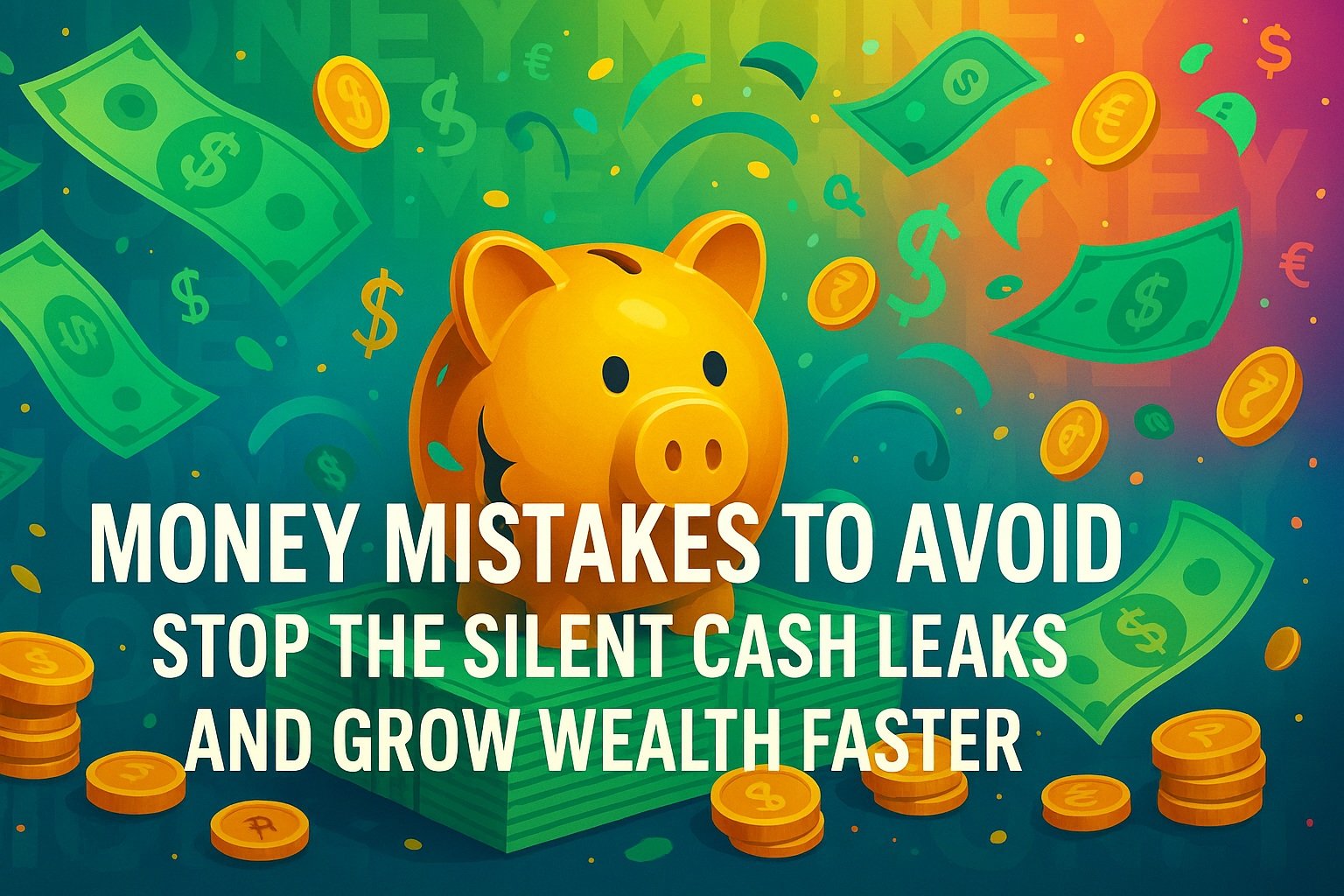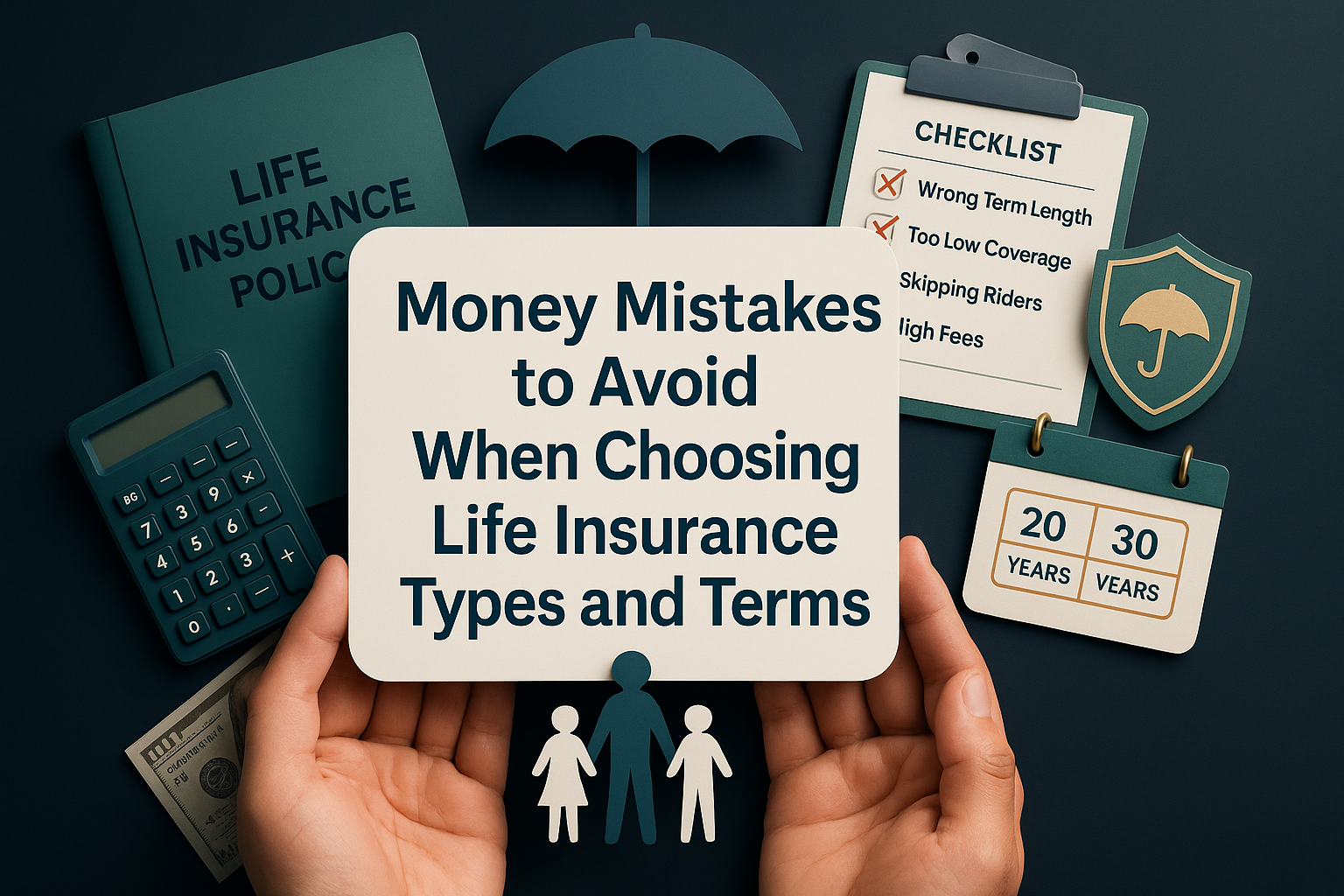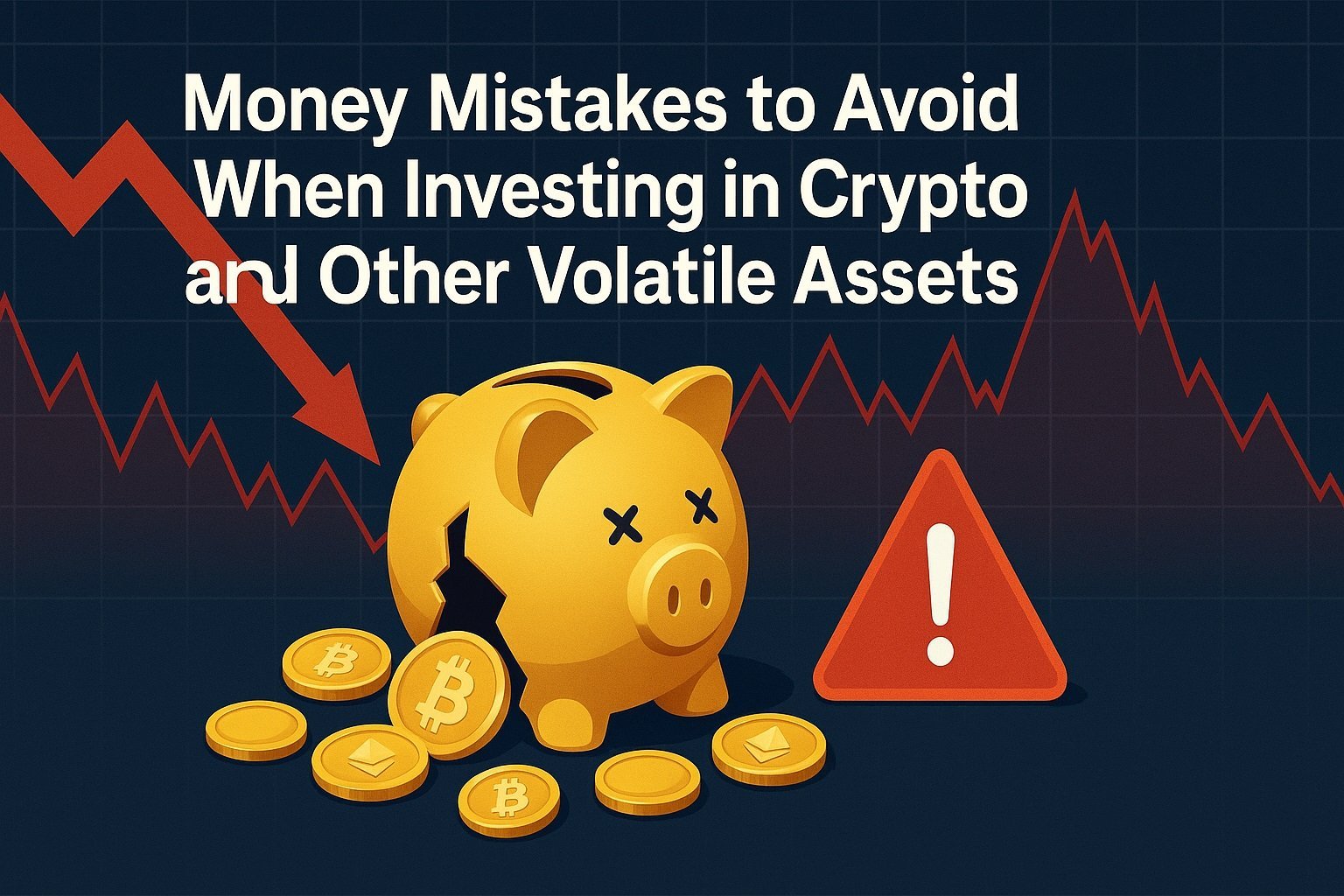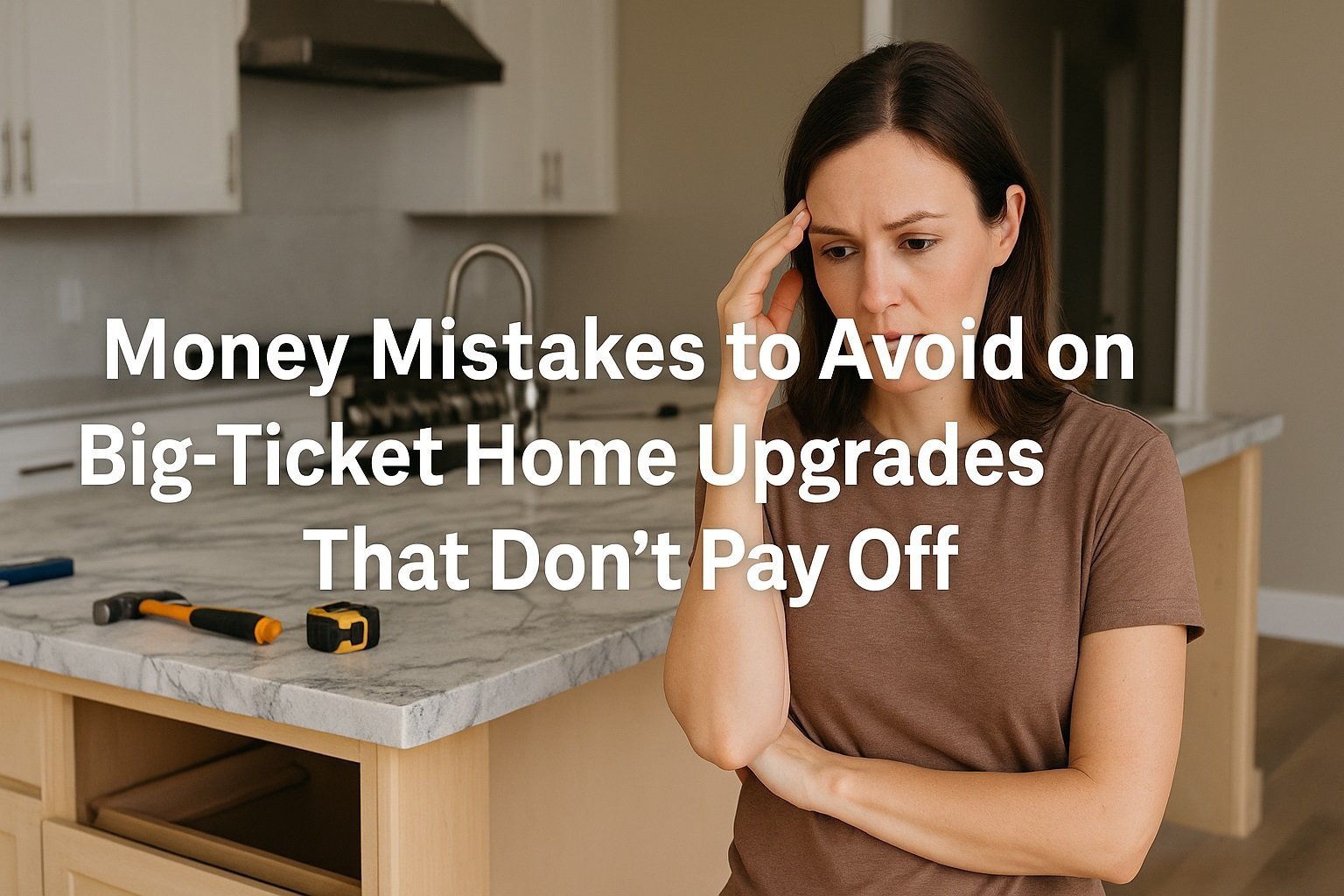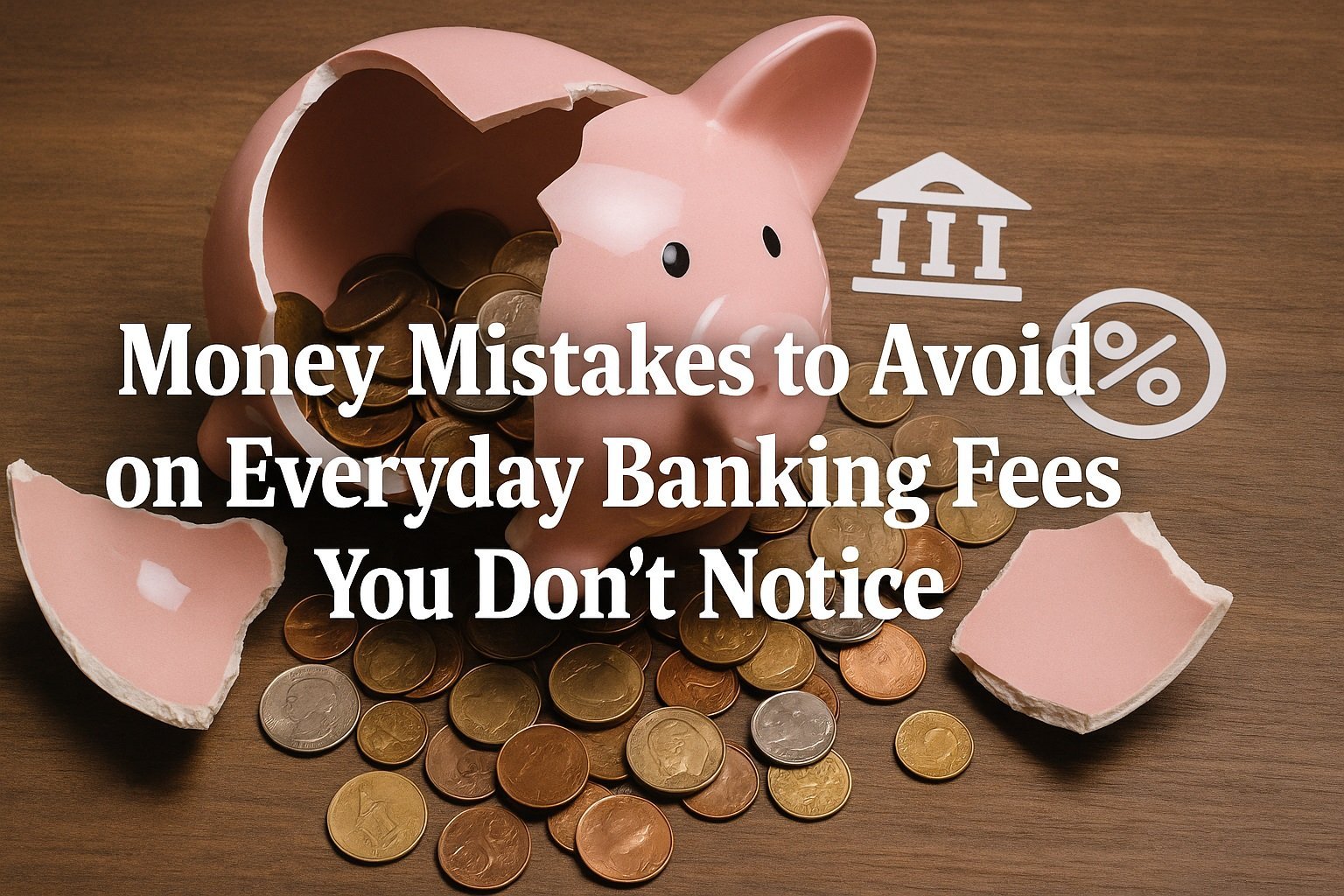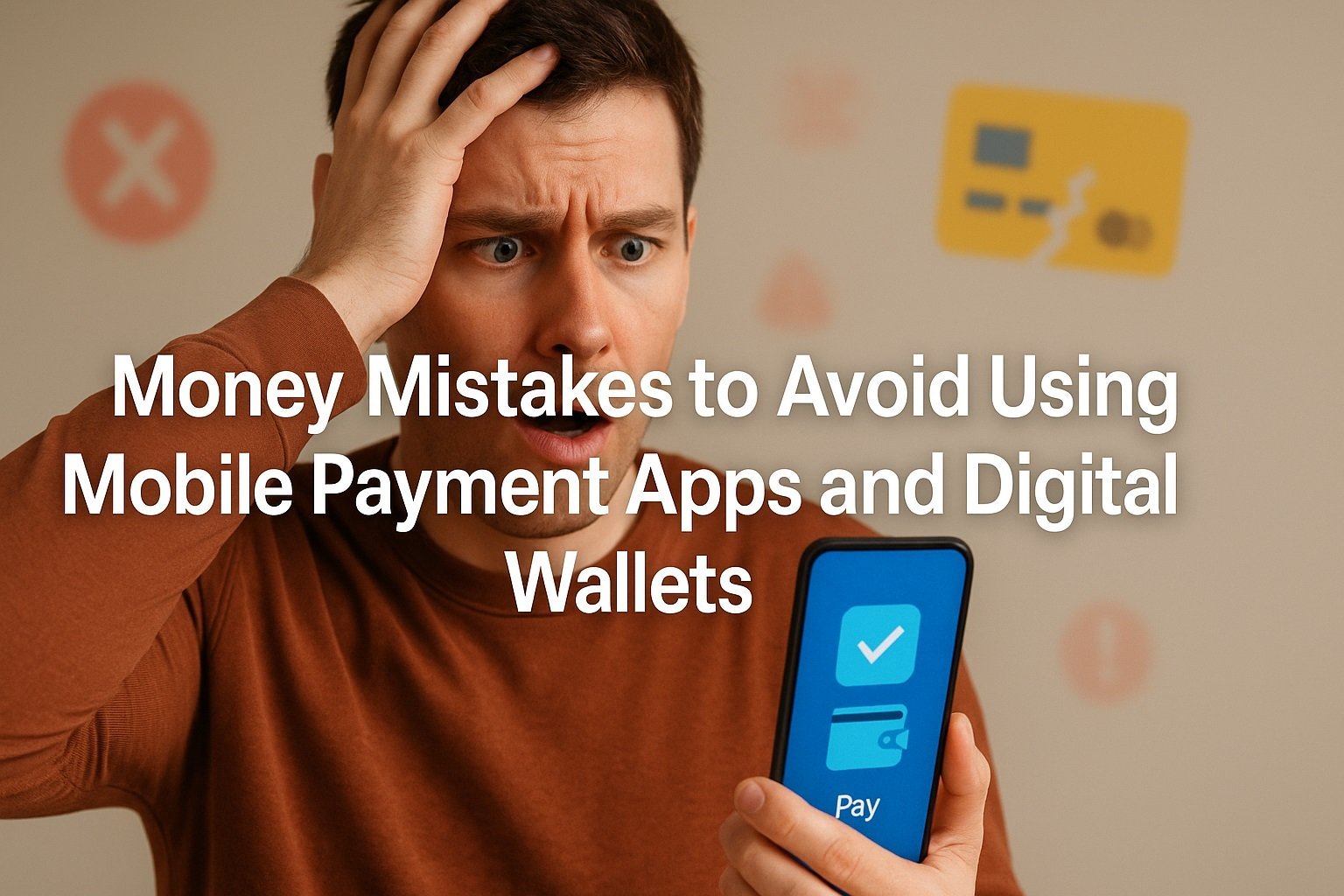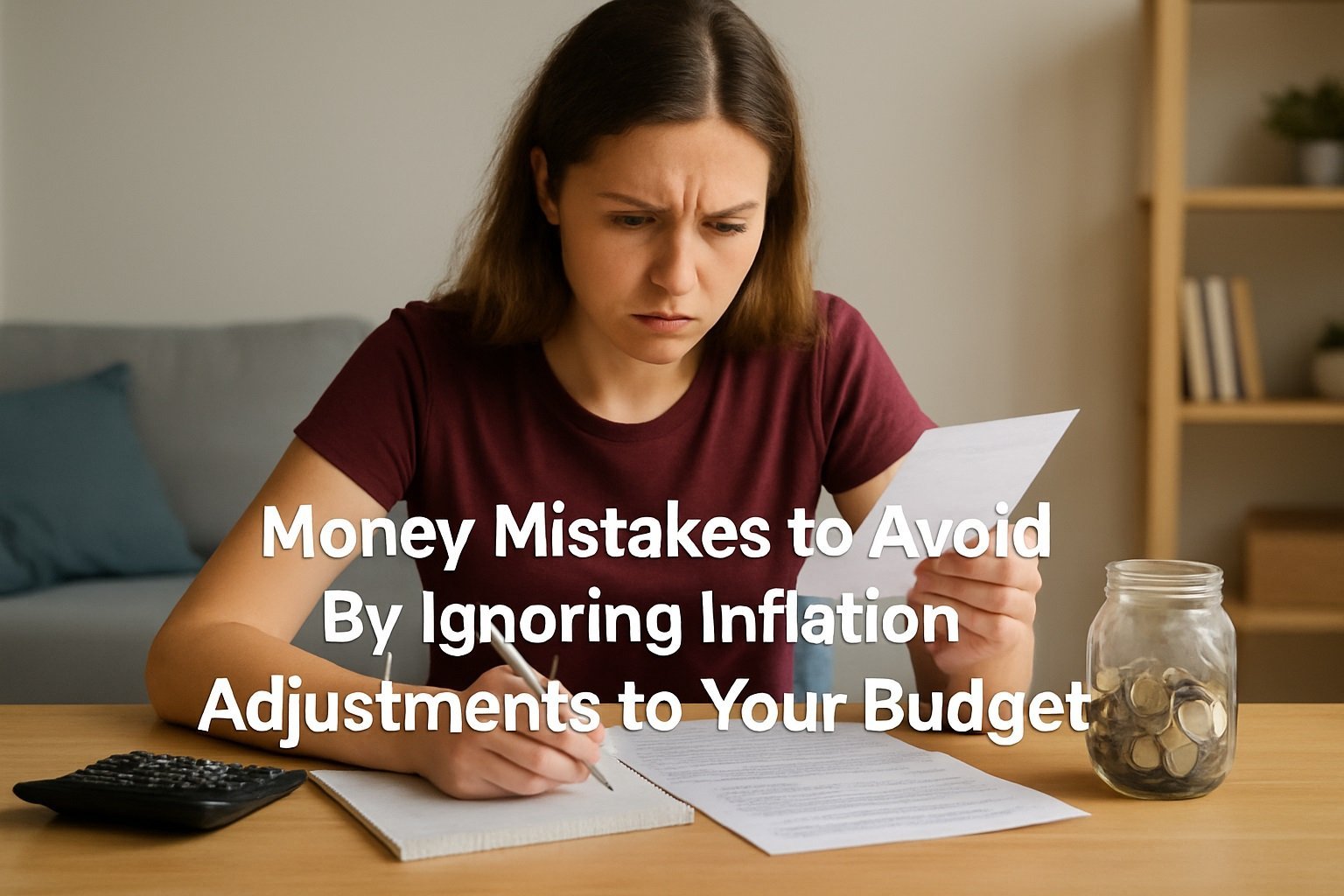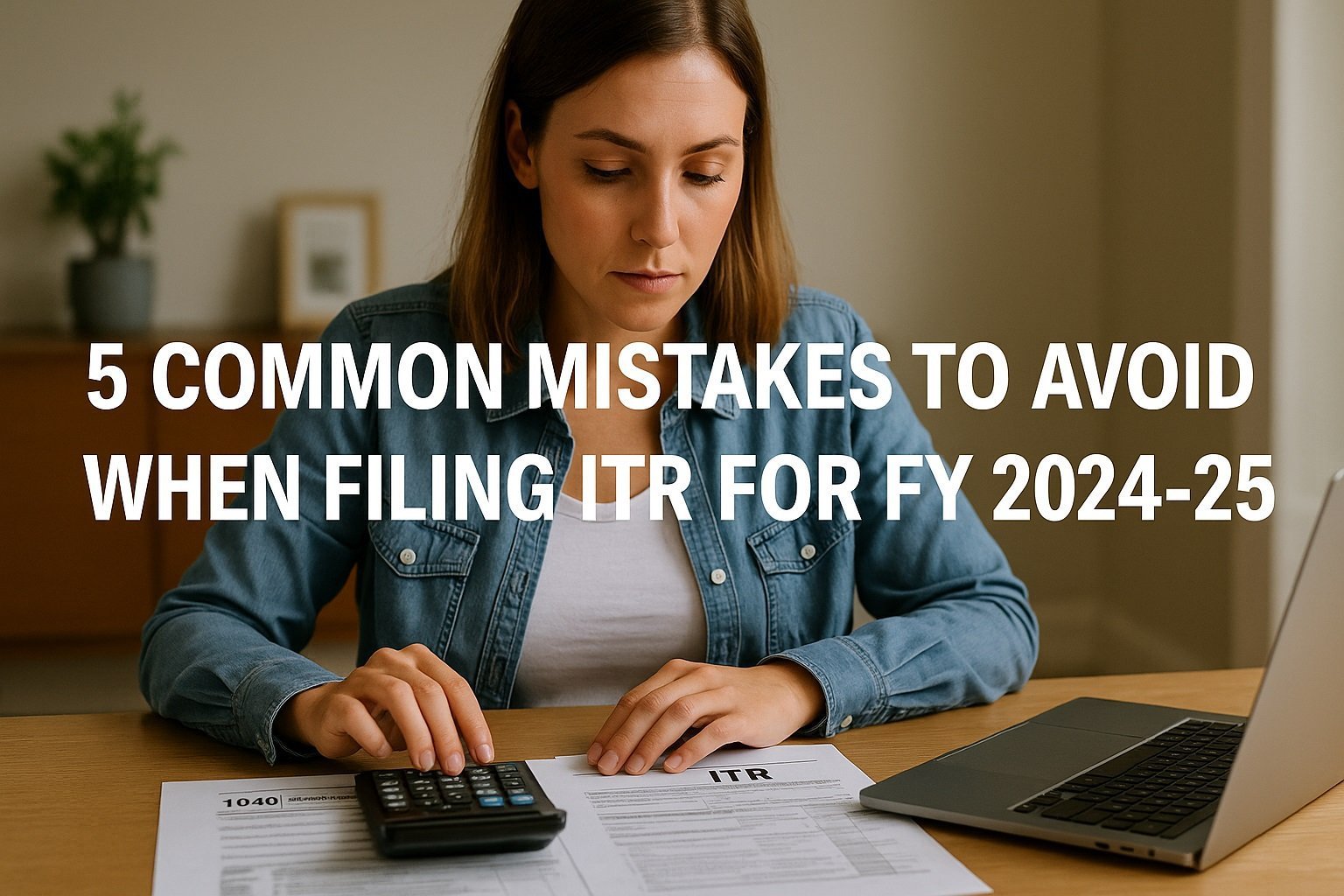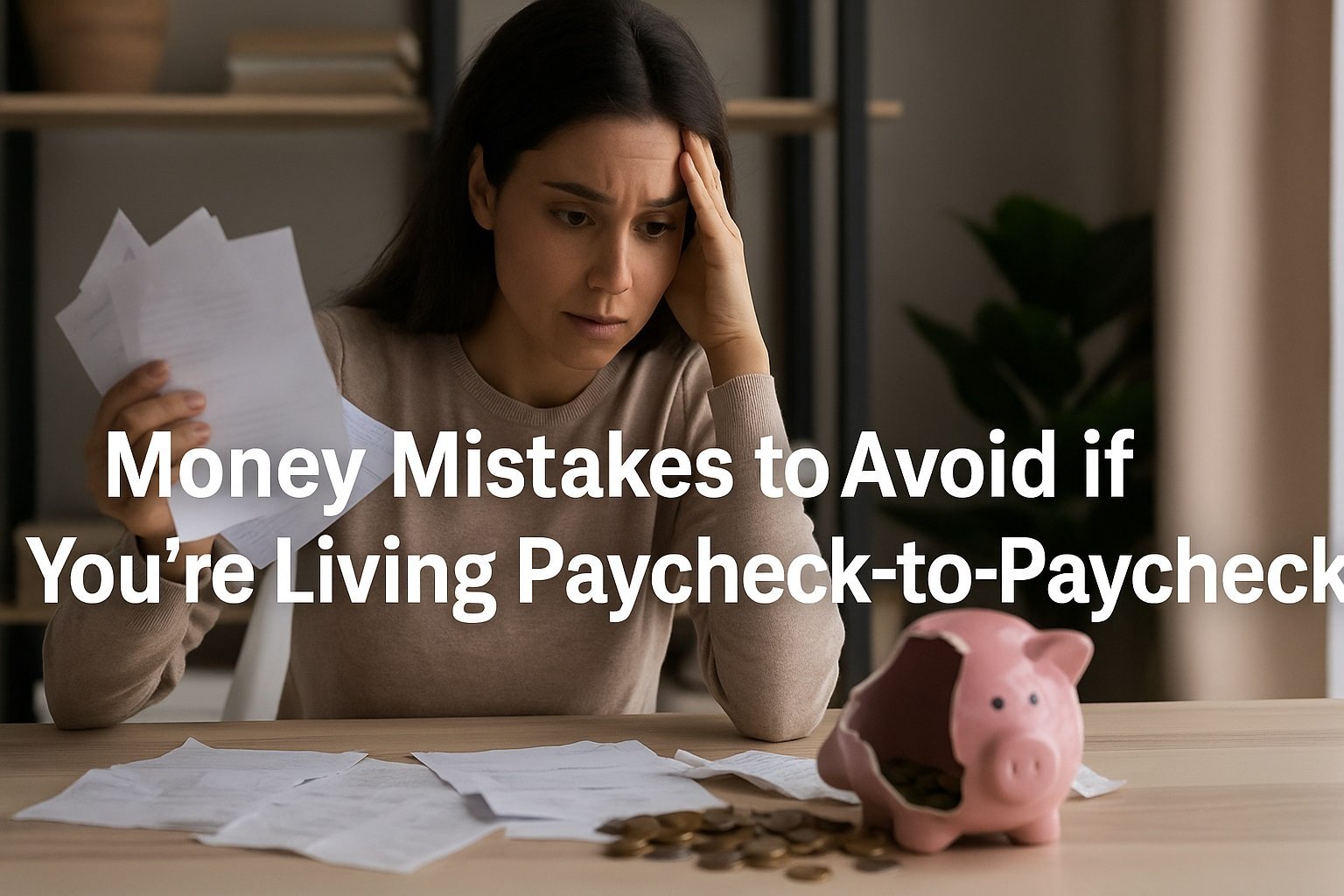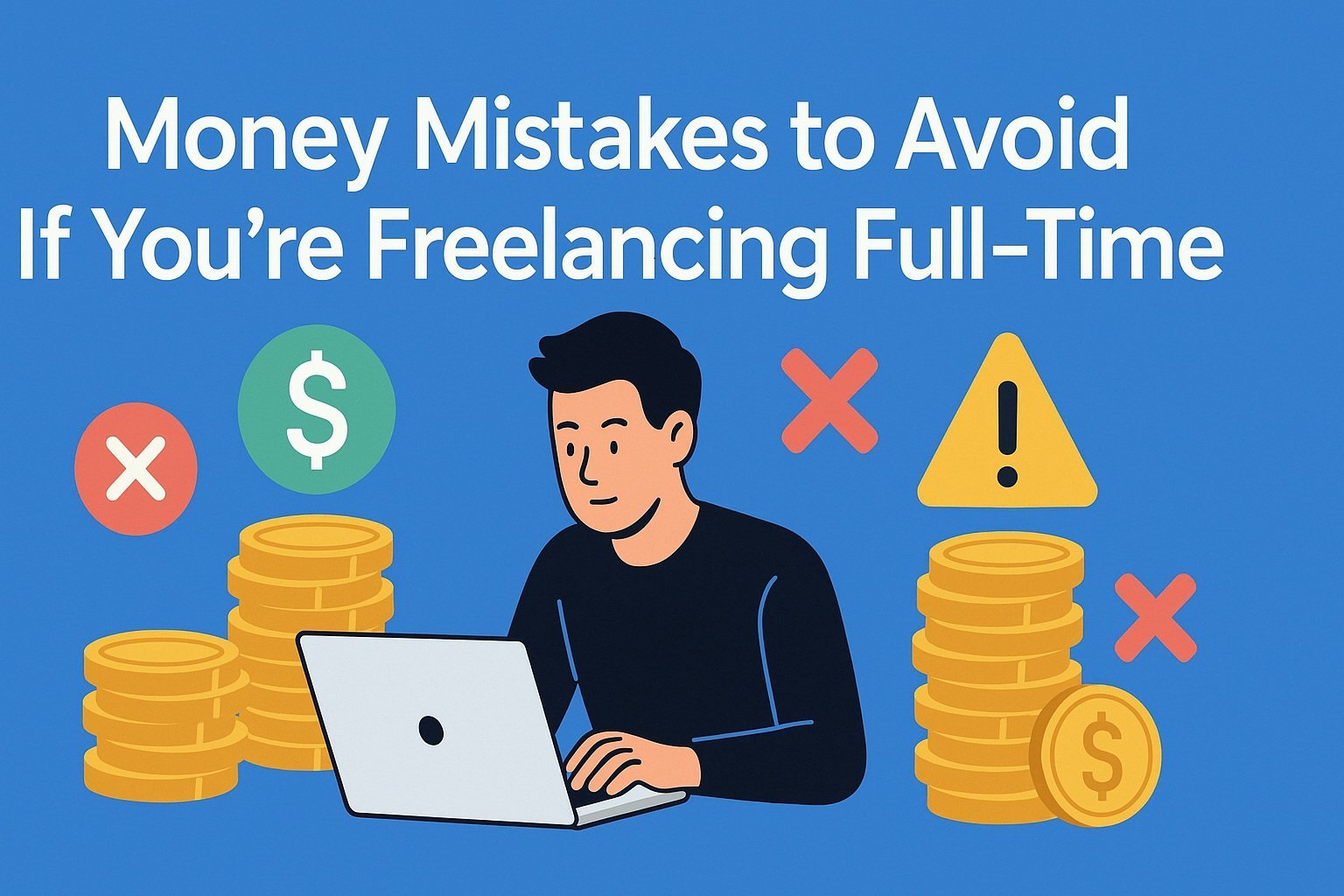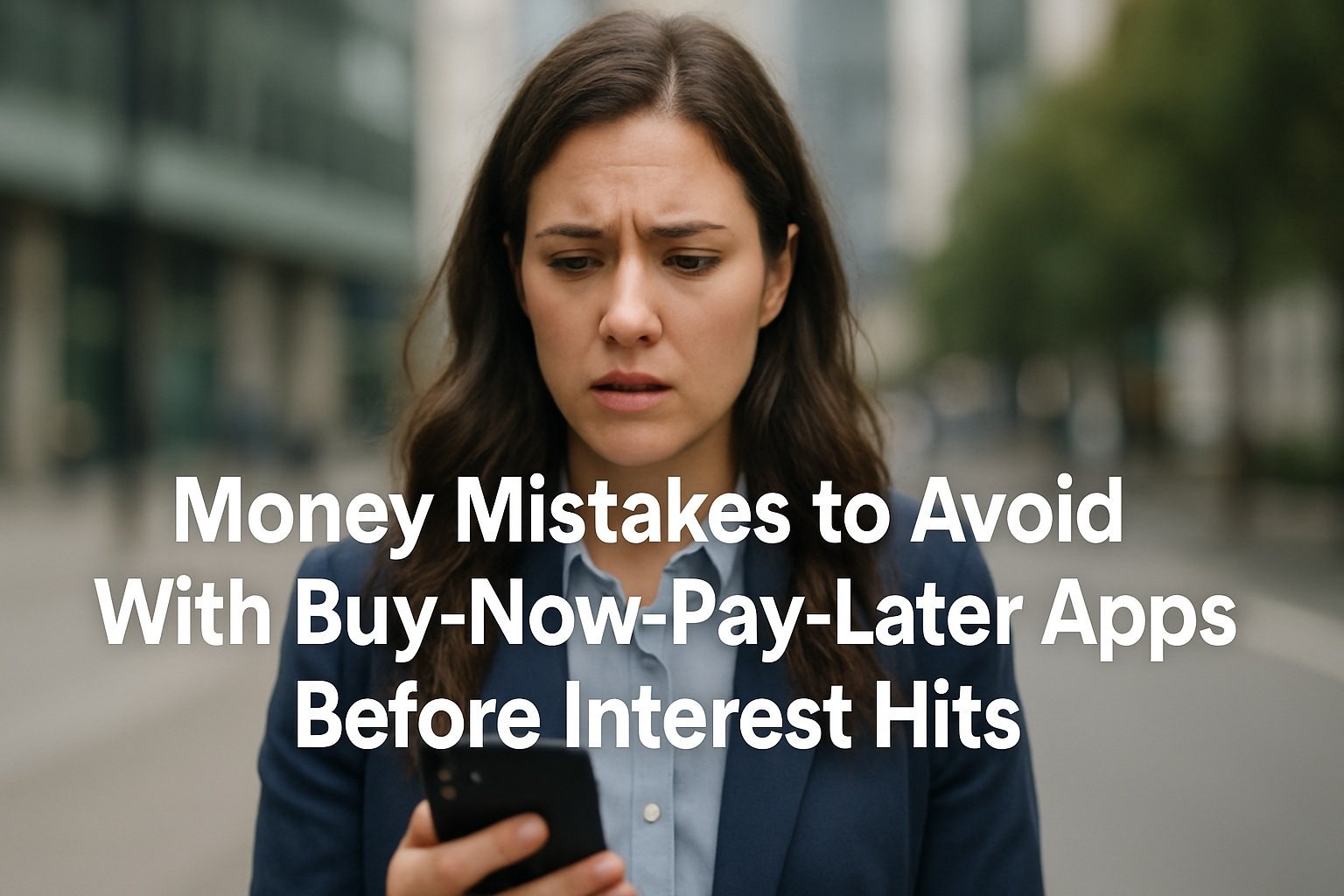
Buy-Now-Pay-Later (BNPL) plans let you split a purchase – often in four interest-free instalments – without a hard credit check. The catch: once a payment is late or a promo period ends, fees and double-digit “deferred” interest can pile up, turning a $500 treat into a costly long-term loan. This outline shows you exactly which money mistakes derail 20-somethings and how to sidestep them, so you’re not still paying at 40.
1. Skipping the Budget Check
Treating BNPL like “free money” is a fast track to overspending. Before you click “buy”, pull up your monthly budget: factor in every instalment alongside rent, groceries, subscriptions and that emergency fund contribution. If squeezing in another payment will bust your budget, pause the purchase or choose a smaller amount.
2. Forgetting Due Dates
Most BNPL apps send reminders, but life gets busy, and a missed payment can trigger late fees of $10–$30 instantly. Use your phone’s calendar or a budgeting app to mark each instalment date the moment you check out. Better yet, set payments to autopay from an account you monitor daily. That small upfront effort keeps tiny mishaps from snowballing.
3. Treating BNPL as Your Go-To for Essentials
Groceries, gas and utilities belong in your core budget. BNPL plans belong to discretionary purchases only. If you rely on instalments for basics, any hiccup (vacation, job change) means critical bills go unpaid. Reserve BNPL for non-essentials: a new pair of shoes, a splurge gadget, or a one-off gift.
4. Juggling Multiple Plans at Once
It’s tempting to stack four or five BNPL offers across retailers, but each one adds a tracking headache. Missing one payment can lead to cascading late fees and interest charges that blend into a confusing web of mini-loans. Limit active plans to one or two at a time, and finish them before opening new ones.
5. Ignoring the Fine Print on Promotions
Deferred-interest offers may look harmless until you miss a single payment. Read the promo terms: Note exactly how long the interest-free period lasts and what triggers full retroactive interest. If you think you might pay a few days late, factor that fee into your decision.
6. Overlooking Cumulative Fees
Some BNPL providers charge small account-keeping or late fees per instalment. On a $400 purchase split over four payments, a $5 fee per instalment adds $20 extra – 5% more than you bargained for. Tally up all potential fees before you buy. If the extra cost nudges you past your comfort zone, reconsider.
7. Failing to Adjust for Variable Cash Flow
Your income may fluctuate; freelancers, gig workers and commission-based earners know the drill. Before committing to a multi-month BNPL plan, review your upcoming cash-flow forecasts. If you anticipate lean weeks ahead, either delay the purchase or choose a shorter repayment window.
8. Not Maintaining an Emergency Cushion
Life’s curveballs – car repairs, medical bills, and sudden travel – require liquid savings, not instalment plans. Keep at least one month of essential expenses in a savings buffer. That way, if an emergency strikes, you’re less likely to skip BNPL payments to free up cash.
9. Combining BNPL With High-Interest Credit
Using BNPL alongside credit cards, payday loans, or personal lines of credit can create a debt spiral: one payment missed today forces you to borrow tomorrow. Aim to keep your overall debt-to-income ratio low. If you already carry high-interest credit, pause new BNPL purchases until you’ve paid down the balance.
By weaving these nine habits into your money routine now, you sidestep avoidable fees, protect your credit score, and keep that $500 treat from turning into five-figure regret later.
What Is BNPL & Why It Feels “Free”
Buy-Now-Pay-Later is a point-of-sale financing option that lets you buy now and repay in instalments, often without any upfront interest or a hard credit check. The most common form, “pay-in-4, ”splits your purchase into four equal payments, typically over six weeks, with zero interest if you pay on time. In contrast, longer-term BNPL loans can stretch repayment over several months or even years, sometimes carrying deferred-interest clauses that kick in if you miss a deadline.
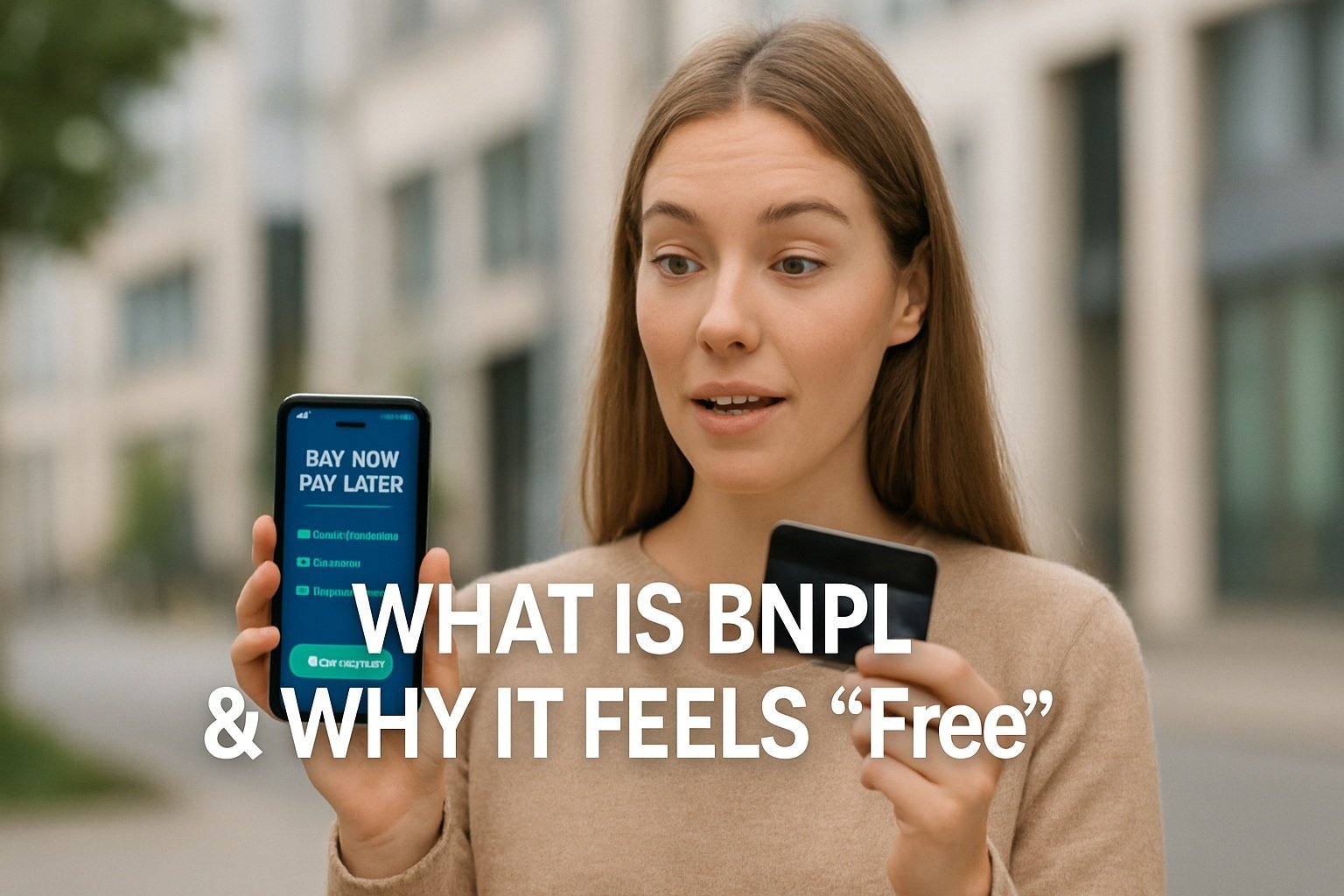 Because each instalment feels small – just 25 per cent of the total – you may barely notice the impact on your bank balance at checkout. There is no spinning wheel of fees or ballooning interest rate displayed, so the financing seems painless. Behind the scenes, however, you have agreed to a mini-loan that will quietly bill your account according to the plan you chose.
Because each instalment feels small – just 25 per cent of the total – you may barely notice the impact on your bank balance at checkout. There is no spinning wheel of fees or ballooning interest rate displayed, so the financing seems painless. Behind the scenes, however, you have agreed to a mini-loan that will quietly bill your account according to the plan you chose.
| Feature | Pay-in-4 | Longer-Term BNPL |
|---|---|---|
| Number of payments | 4 | Varies (often 6–60) |
| Repayment period | ~6 weeks | Months to years |
| Interest during promo | 0% if all on-time | 0% while promo lasts, then deferred interest applies |
| Credit check | Soft or none | Soft or none |
| Typical purchase range | $50–$1,000 | Wider, depending on provider |
The High-Cost Fine Print You Don’t See
BNPL providers often build in a “late-fee ladder”, where each missed instalment triggers an escalating fee – perhaps $5 for the first miss, $10 the next time, then $20 and up. Those small penalties can stack quickly, turning a $20 shoe instalment into a $60 hit if you miss a couple of payments.
Deferred-interest clauses are another hidden trap. If you fail to repay the full amount within the promotional window, you’re retroactively charged all the interest you’ve avoided – sometimes at rates up to 30 per cent APR – backdated to your original purchase date. That means a $500 gadget could suddenly carry a $75–$150 interest bill on top of what you’ve already paid.
On top of fees and interest, many BNPL lenders only report negative payment behaviour – not your on-time history – to the credit bureaus. This means one late payment can ding your credit score, while dozens of timely instalments do nothing to build it. Without realising how these clauses work, it’s easy to be surprised by steep fees, retroactive interest and a sudden credit score drop.
Money Mistakes to Avoid Before Interest Hits

“Isn’t This Free Money?” Impulse spending on non-essentials
It feels like you’re getting a magic pass to shop guilt-free, but tapping Pay-in-4 on a whim can add up fast. Before you click purchase, enforce a 48-hour cool-off rule. Pause, sleep on it, then decide. If after two days you still really want and can fit those instalments into your budget, go for it. Otherwise, skip the impulse and save yourself surprise bills.
“Why Track Multiple Plans?” Debt-stacking chaos
Juggling several BNPL plans is like spinning plates. You’re one missed payment away from a cascade of fees. Keep it simple by limiting yourself to two active plans at most. Use a shared calendar or a BNPL tracker app to see all upcoming instalments in one view. When one plan finishes, then you can safely add another.
“What’s 25% down between friends?” Cash-flow blind spots
That first instalment might seem small, but if you don’t budget it before checkout, you’ll end up overdrawing somewhere else. Treat the up-front deposit as non-negotiable: budget it the moment you add an item to your cart. If that payment doesn’t fit, reconsider or choose a smaller purchase.
“Auto-Pay Has My Back… Right?” Overdraft and NSF fees
Autopay is handy until it isn’t; if your account is low, you could get hit with overdraft or nonsufficient-funds charges. Align instalment dates with your payday so the money is guaranteed to be there. Or preload a fee-free digital wallet specifically for BNPL payments, so you never miss an instalment because of timing.
“The promo period is long enough.” Deferred-interest reset
Long promo windows feel until one slip sends you into full retroactive interest. Avoid that by scheduling an early payoff reminder at least one billing cycle before the promo ends. Mark your calendar as soon as you check out, so you can pay off the balance with breathing room.
“Groceries on Klarna? Sure!” Financing perishable items
Using BNPL for essentials like groceries or meal kits can backfire if food spoils before you pay it off. Reserve BNPL for durable goods – things you actually keep long after the last instalment. That way, the value you get out of the purchase exceeds any risk of fees.
“It’ll Boost My Credit.” Non-reporting illusions
Many BNPL providers only report late payments, not the on-time ones, so you won’t see your credit score climb. Instead, use a secured credit card or a small credit-builder loan to actively build credit. Treat BNPL as credit-neutral at best; don’t bank on it to improve your score.
“Late Fees Are Tiny.” Under-estimating compounding penalties
A single late fee might only be five dollars, but those fees can double or triple fast. Some providers cap fees at a set percentage of your purchases, sometimes up to twenty-five percent. Before you buy, compare fee caps so you know exactly how bad things can get if you slip up.
“I’ll figure it out later.” No exit or refinance plan
Going into a BNPL plan without an exit strategy is like getting on a treadmill without the stop button. If your balance stretches too long, you’ll pay more in fees and interest. Use a snowball approach: pay off the smallest BNPL balance first, then roll that payment into the next plan. You’ll clear plans faster and avoid getting stuck in long-term debt.
Smart BNPL Habits That Keep You Debt-Free
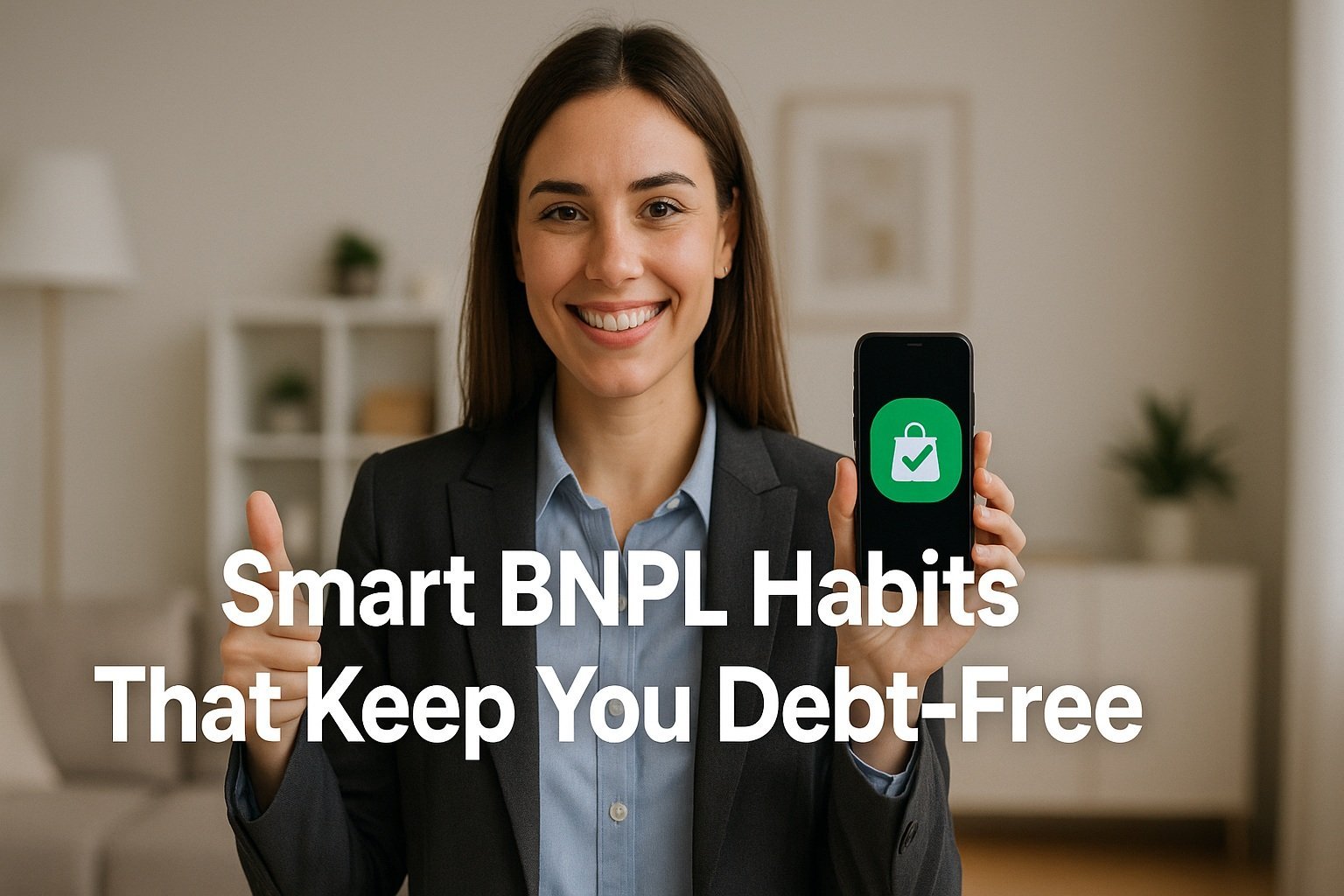
Cap BNPL exposure to less than 5% of monthly net income.
Treat Buy-Now-Pay-Later like a tiny slice of your budget, not the whole thing. If your take-home pay is ₹100,000, aim to keep all current BNPL instalments below ₹5,000 per month. That way, even if one payment hiccups, the rest of your essentials – rent, groceries, and utilities – stay comfortably covered. This simple rule prevents BNPL from crowding out necessities and keeps you in control.
Use one provider to simplify dashboards and due-date alerts.
Each BNPL app has its own login, interface and notification style, which can quickly become overwhelming. Pick a single trusted provider and stick to it. You’ll only need to learn one dashboard layout, and you’ll receive all reminders in one place. Simplifying your setup cuts the risk of missing a payment because you forgot which app was charging you next.
Automate “payment-plus-₹500”.
Rounding up your instalment by a small buffer accelerates debt payoff and cushions any minor timing errors. If your monthly BNPL amount is ₹4,500, schedule an auto-pay of ₹5,000 instead. That extra ₹500 each month chips away at principal faster, saves you from future fees and covers small bank rounding quirks so you never trigger an overdraft.
Opt out of marketing pushes that encourage add-on purchases.
BNPL providers often send tempting emails or app pop-ups suggesting you split a new gadget or home upgrade into instalments. Politely decline those offers and unsubscribe from promotional lists. Every new plan you take on increases your overall exposure and the temptation to overspend. Fewer marketing messages mean fewer impulses to swipe now and worry later.
Review statements monthly.
Even if you pay on time, your BNPL balance can be sold or transferred to a third-party collector without notice. Open your statement every month, confirm that each payment went through correctly, and check that no extra fees slipped in. Catching a surprise charge early means you can dispute or clarify it before it spirals into an unwanted debt collector call.


